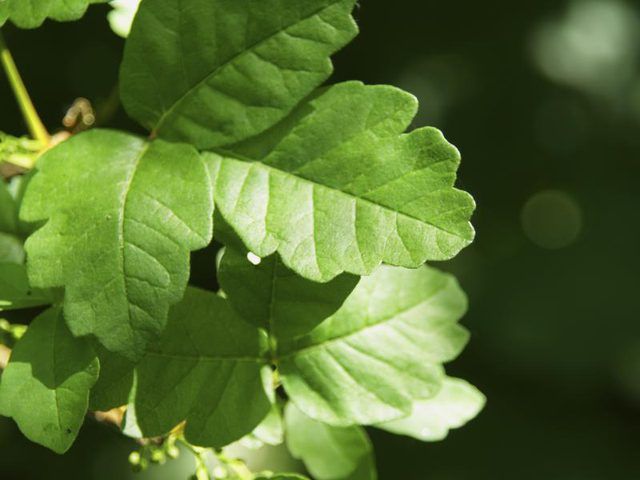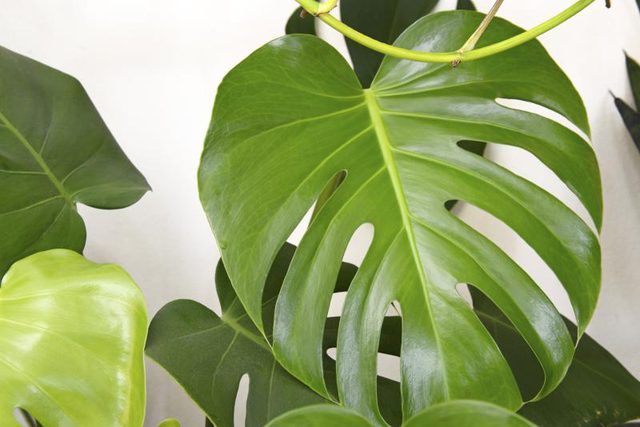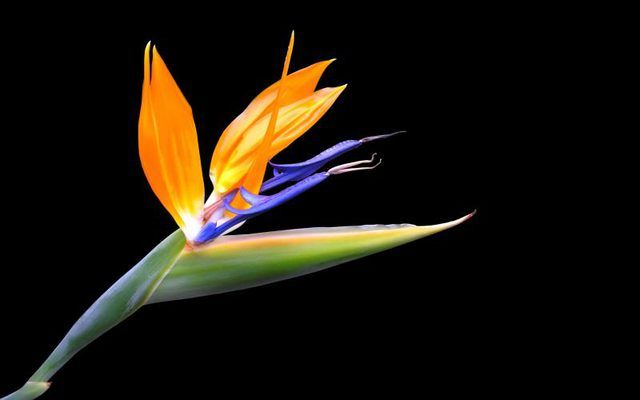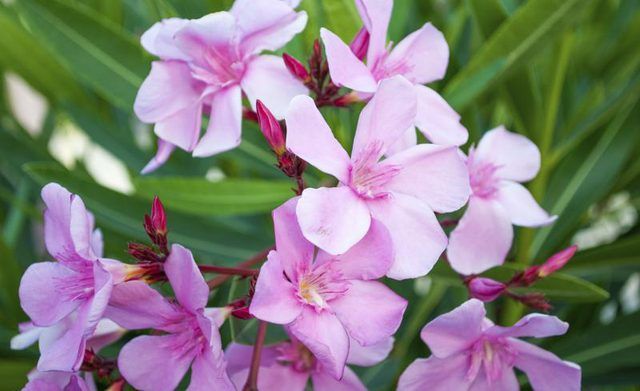Bulbs
Flower Basics
Flower Beds & Specialty Gardens
Flower Garden
Garden Furniture
Garden Gnomes
Garden Seeds
Garden Sheds
Garden Statues
Garden Tools & Supplies
Gardening Basics
Green & Organic
Groundcovers & Vines
Growing Annuals
Growing Basil
Growing Beans
Growing Berries
Growing Blueberries
Growing Cactus
Growing Corn
Growing Cotton
Growing Edibles
Growing Flowers
Growing Garlic
Growing Grapes
Growing Grass
Growing Herbs
Growing Jasmine
Growing Mint
Growing Mushrooms
Orchids
Growing Peanuts
Growing Perennials
Growing Plants
Growing Rosemary
Growing Roses
Growing Strawberries
Growing Sunflowers
Growing Thyme
Growing Tomatoes
Growing Tulips
Growing Vegetables
Herb Basics
Herb Garden
Indoor Growing
Landscaping Basics
Landscaping Patios
Landscaping Plants
Landscaping Shrubs
Landscaping Trees
Landscaping Walks & Pathways
Lawn Basics
Lawn Maintenance
Lawn Mowers
Lawn Ornaments
Lawn Planting
Lawn Tools
Outdoor Growing
Overall Landscape Planning
Pests, Weeds & Problems
Plant Basics
Rock Garden
Rose Garden
Shrubs
Soil
Specialty Gardens
Trees
Vegetable Garden
Yard Maintenance
Poisonous Plants in Southern California
Poisonous Plants in Southern California. A poisonous plant is one that causes some sort of negative reaction. Those effects can be mild to life-threatening, depending on the plant and the person or pet. Plants can affect skin, digestion, and vital organs such as the heart, brain and liver. Southern California hosts a variety of plants, and the...
A poisonous plant is one that causes some sort of negative reaction. Those effects can be mild to life-threatening, depending on the plant and the person or pet. Plants can affect skin, digestion, and vital organs such as the heart, brain and liver. Southern California hosts a variety of plants, and the climate ranges from U.S. Department of Agriculture plant hardiness zone 5 in mountains to zone 10 in some coastal areas. The California Poison Control System lists hundreds of known poisonous plants.

Plants that cause skin reactions have the least serious toxicity rating of 1 from the California Poison Control System. An example is poison oak (Toxicodendron diversilobum), with leaves that contain an oil that causes an allergic response in most people. An itchy rash and blisters are the result. Poison oak grows in many habitats throughout southern California as either a shrub or vine. It grows in USDA zones 5 through 9. Wash the oil from skin with first rubbing alcohol followed by abundant cold water. Some plant saps can cause skin problems. Succulent euphorbias (Euphorbia spp.) have white, milky sap that irritates skin and can cause eye damage. An example is crown of thorns (Euphorbia milii), which grows in USDA zones 8 through 11.

Category 2 poisonous plants contain compounds called oxalates, which sting the tongue and can cause injury to internal organs. An example is windowleaf (Monstera deliciosa), a tropical plant that grows in USDA zones 10 through 11. All plant parts are poisonous except for the ripe fruit. Some people may have reactions to the fruit as well. Calla lily (Zantedeschia spp.), which grows in USDA zones 8 through 10, contains calcium oxalate in all plant parts and shouldn't be eaten by people or pets. Native to Africa, callas and their cultivars grow as borders, edgings or bedding plants.

Poisonous plants that cause symptoms including diarrhea, vomiting and nausea but which aren't life-threatening have a rating of 3. Yellow bird of paradise (Caesalpinea gilliesii) falls in this category because the pods and seeds contain tannin and are toxic if eaten. The small tree grows to 10 feet tall in USDA zones 9 through 11. Grown for its showy yellow flowers with long, red stamens, yellow bird of paradise is evergreen in mild winter areas. Native California coffeeberry (Rhamnus californica), which grows in USDA zones 7 through 9, is an evergreen, 5-foot-tall shrub with glossy, blue-black berries. The bark and fruit are poisonous because they contain a gastrointestinal irritant.

Plants in the seriously toxic category can potentially kill someone. Seriously toxic oleander (Nerium oleander) is widely grown throughout Southern California in USDA zones 9 through 11. All plant parts, including the nectar and smoke from the burning plant, contain compounds that affect the heart. Eating even small amounts of leaves or twigs can hospitalize a person. Sacred thornapple (Datura wrightii) is native to Southern California in USDA zones 9 through 11 as a short-lived perennial, and grows as an annual elsewhere. Showy, large, white, trumpet-shaped flowers are followed by a spiny fruit. All plant parts contain toxic amounts of scopolamine, which affects people, pets and livestock.
